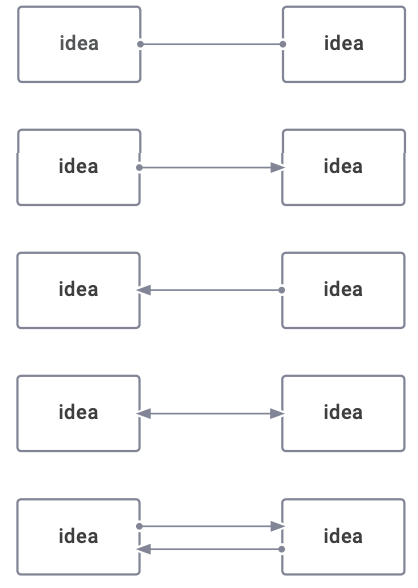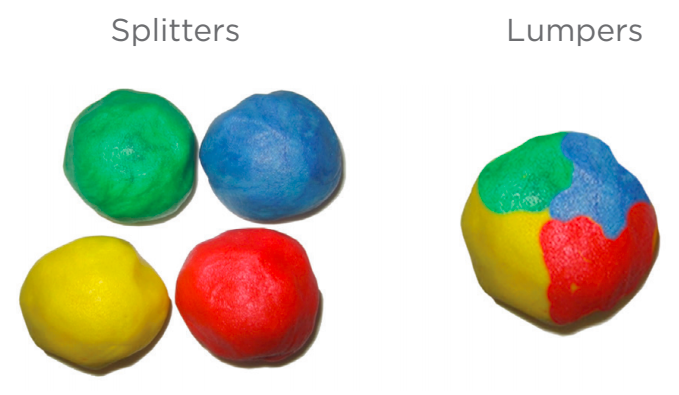The Four Simple Rules of Systems Thinking: The Relationship Rule
 Derek & Laura Cabrera
·
1 minute read
Derek & Laura Cabrera
·
1 minute read
Excerpt from the book: Systems Thinking Made Simple, Chapter 3
Relationship Rule
Any Idea or Thing Can Relate to Other Things or Ideas
Relationships (e.g., connections, links, feedback, causality, likes, and friendships) are ubiquitous across all systems. Note that a relationship can be physical and tangible (such as a cord is the relationship between my laptop and electricity) or physical but somewhat invisible (the relationship between a magnet and iron particles) or conceptual (the relationship between war and peace).
We are quite accustomed to drawing relationships between and among ideas or things. Most of us simply draw a line, and so this is a simple but powerful way to visualize relationships. Although this may seem drop-dead simple (and it is), remember that the four simple rules can combine. This allows us to do things to this simple line (e.g., distinguish it as an idea or convert it into a whole with parts) that will change everything about how we think about systems. But for now, a simple line will do. We programmed Plectica so that the little idea cards could be related simply by dragging the arrow icon ( →) from one card to another, thus forming a relationship-line between them. Of course, without the programmable cards, you can do the same in your mind, or on a sheet of paper. We can also add arrows or multiple relationships to show directionality of relationships between and among things. Figure 3.15 illustrates the basic things we can do with relationships and directionality

.png?width=150&height=150&name=CRL%20GOAT%20Logo%20(4).png)


